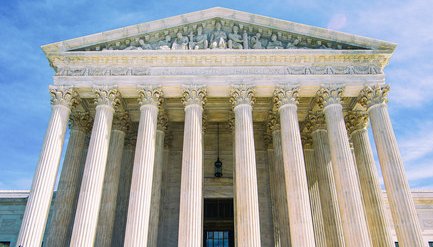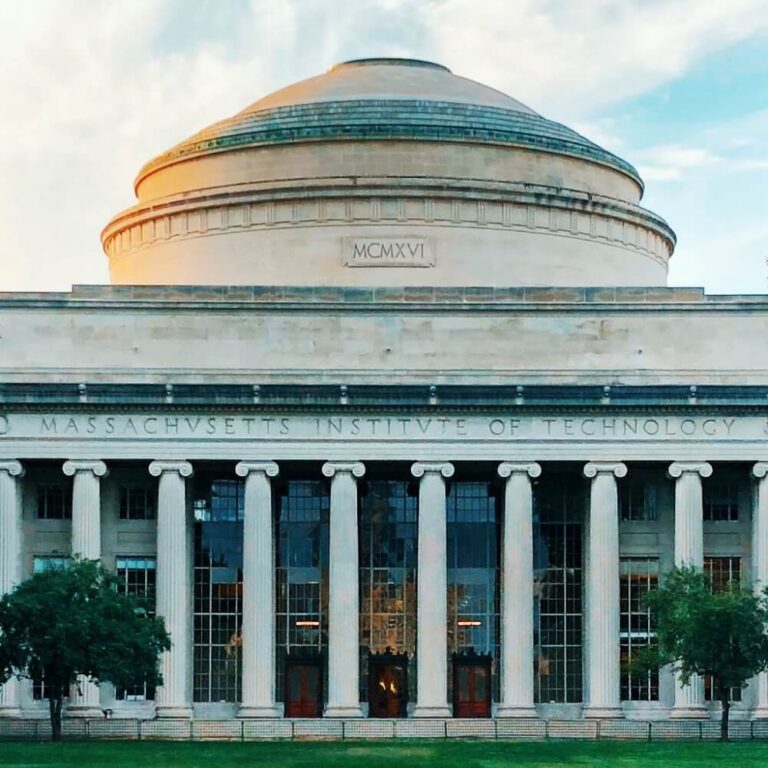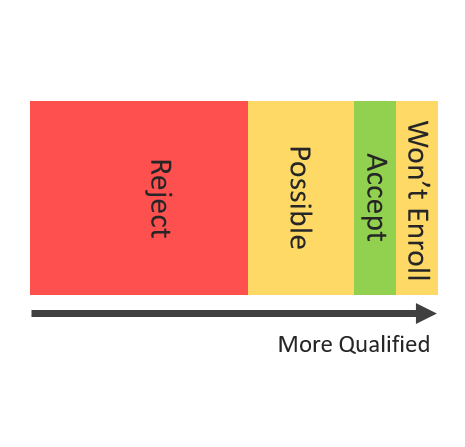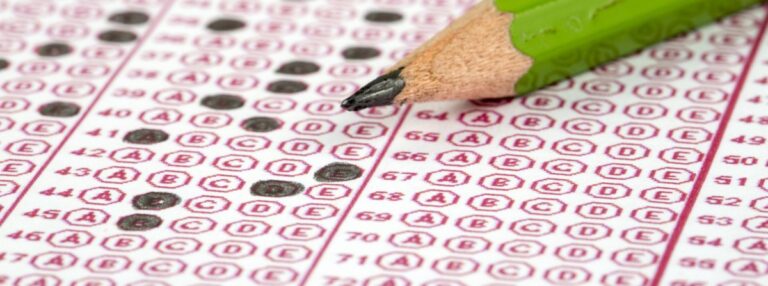
Update on 2023-06-29: The Supreme Court decision has changed the admissions outlook for “unhooked”Applicants that do not benefit from "hooks". Examples of hoo... More students. I have created a new post describing the impact of that ruling, but the contents of this post will remain the same.
The Harvard Crimson recently announced that Harvard admitted 3.41% of its applicants for the Class of 2027. That’s roughly 1 in 29 applicants. But that admit rate includes hooked students, meaning students in preference groups who are much more likely to get in.
NOTE: While the numbers here are specific to Harvard, this analysis applies to any college that has similar admission preferences. This includes all Ivy League colleges and most liberal arts colleges.
But most applicants, who are “unhooked”Applicants that do not benefit from "hooks". Examples of hoo... More, faced worse odds. How much worse? Let’s find out.
To do that, we can look at the number of applicants in each hooked preference group, and estimate the admit rate for that group. We will then subtract out the number of applicants and admit slots taken by each group. What is left are the number of unhooked applicants and the remaining admit slots for those unhooked students, giving us the admit rate for unhooked applicants.
The previously linked article on hooks identified two major preference categories. The first is that of ALDC, which stands for Athletes, Legacy (children of alumni), children of major Donors, and Children of faculty. The second major category is that of under-represented minorities, or URM. Let’s look at each of these separately.
For the Class of 2027, there were 56,937 applicants and 1,942 total acceptances, roughly a 29:1 ratio. A New York Times article from 2018 stated that ALDCs made up about 5% of the applicants but 30% of admitted students. We can reasonably use the same percentages today. If we back out 5% of the applicants and 30% of the acceptances, we get:
In other words, after taking out the ALDC applicants and their admits, we now have 54,090 remaining applicants chasing 1,359 remaining admit slots.
Let’s now turn to the URMs to determine their additional impact on admit rate. Published research indicates that Harvard’s URM admit rate is now similar to its overall admit rate. The Harvard Crimson link at the beginning of this post said that URM (Black, Hispanic, and Native American) students make up about 29% of the admitted class of 2027. But we have to consider that there could be some overlap between the URM and ALDC categories. For example, some of the under-represented minorities could be recruited athletes, or legacy. Let’s estimate that a total of 25% did not overlap with ALDC. So now removing 25% from both, we get:
This suggests that there are almost 40K unhooked students competing for 873 spots. So for unhooked students, a better estimate for admit rate is about 1 in 46, considerably worse than 1 in 29. This works out to about a 2.2% admit rate.
Put another way, unhooked students represent about 70% of all applicants, but they have to fiercely compete for the 45% of remaining spots.





